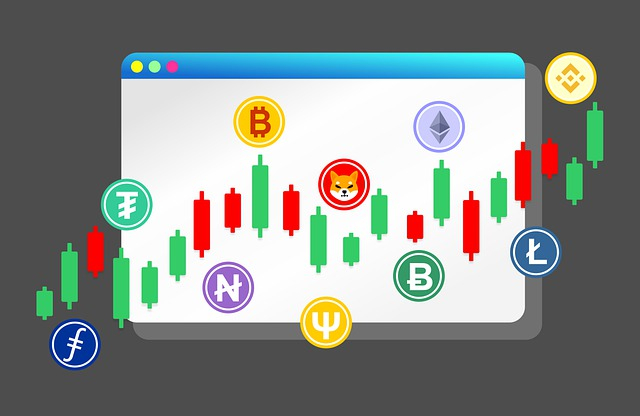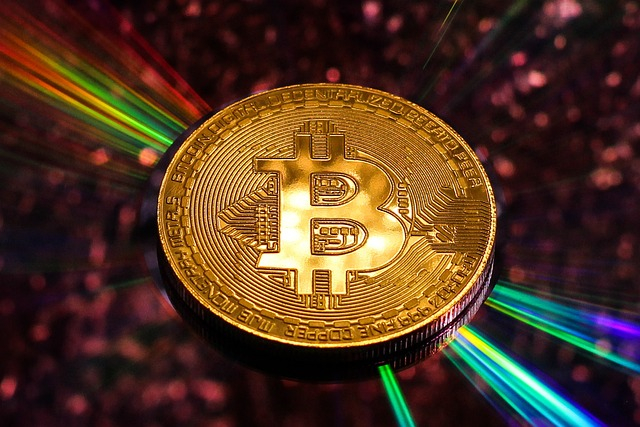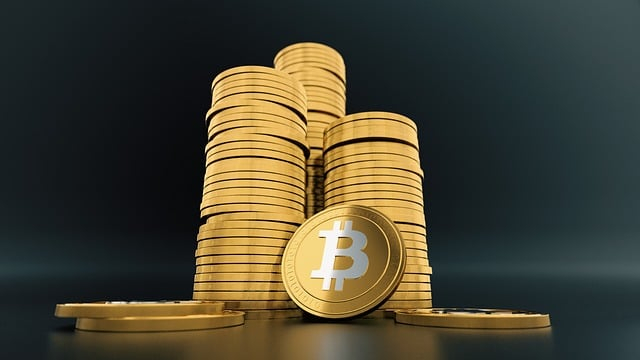ICO token distribution: How to distribute tokens fairly and efficiently
 The success of an Initial Coin Offering (ICO) hinges not only on the quality of the project and the caliber of the team but also on the distribution of tokens. Token distribution determines the degree of decentralization and community involvement in the project, and thus, must be approached with utmost care and diligence. This article seeks to elucidate the art of token distribution, offering a perspicacious roadmap for entrepreneurs and investors to ensure that tokens are allocated fairly and efficiently. I. Understanding Token DistributionToken distribution refers to the process of disseminating tokens to investors and community members. It is a crucial component of an ICO, determining the degree of community involvement and decentralization of the project. Token distribution is a multifaceted process that involves considerations such as token economics, community building, and legal compliance. II. Token Distribution MechanismsThe distribution of tokens can take various forms, each with its own advantages and potential drawbacks. Some common mechanisms include:
III. Token Economics and Community BuildingToken distribution must be informed by a thorough understanding of token economics and community building. Token economics refers to the design and mechanics of the token, including its purpose, value, and utility. Community building involves fostering engagement and participation within the project's community, building trust, and incentivizing collaboration. The token distribution process must be designed to align with the project's token economics and community building goals, ensuring that tokens are allocated to individuals who share the project's vision and values. IV. Challenges and Potential Pitfalls of Token DistributionThe distribution of tokens is not without its challenges and potential pitfalls. One common challenge is ensuring that tokens are allocated fairly and equitably, preventing the concentration of tokens in the hands of a few individuals or groups. Another potential pitfall is legal compliance, as the distribution of tokens may fall under securities laws and regulations in some jurisdictions. Moreover, the distribution of tokens must be transparent and verifiable, engendering trust and confidence within the community. V. Best Practices for Token DistributionTo ensure a successful and equitable token distribution, entrepreneurs and investors must adopt best practices, such as:
VI. Examples of Successful Token DistributionThe successful distribution of tokens has been a hallmark of numerous ICOs. One notable example is the Basic Attention Token (BAT) ICO, which employed a unique distribution mechanism, distributing tokens to users of the Brave browser based on their engagement and usage. Another instance is the Augur (REP) ICO, which allocated tokens through a combination of public sale, private sale, and bounties. VII. ConclusionThe distribution of tokens is a multifaceted and crucial component of an ICO. By understanding the intricacies of token economics, community building, and legal compliance, entrepreneurs and investors can ensure that tokens are allocated fairly and efficiently. Best practices such as transparency, community involvement, legal compliance, engagement, and adaptability are crucial to ensuring a successful token distribution. By heeding the guidance proffered in this article, entrepreneurs and investors can navigate the complexities of token distribution with aplomb and ensure a successful ICO launch.
Article and video for topic: ICO token distribution: How to distribute tokens fairly and efficiently. Author: Jonathan Burroughs |





